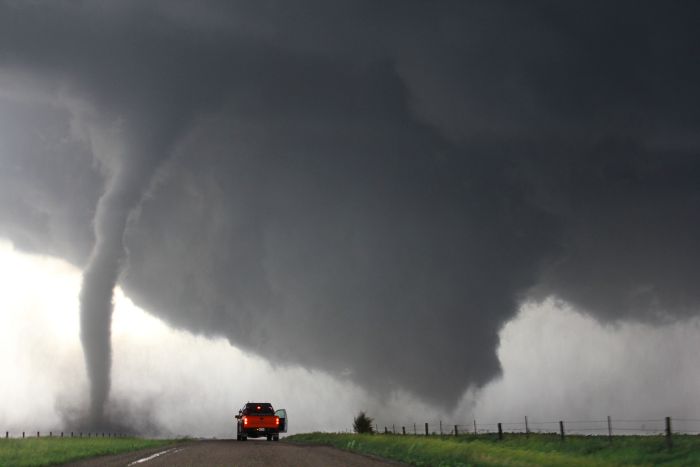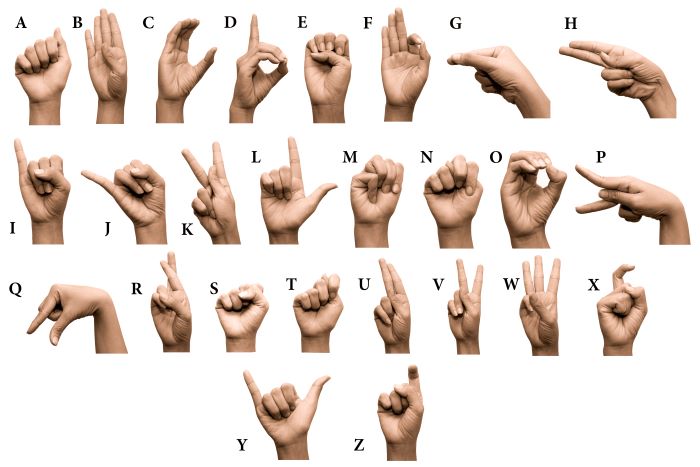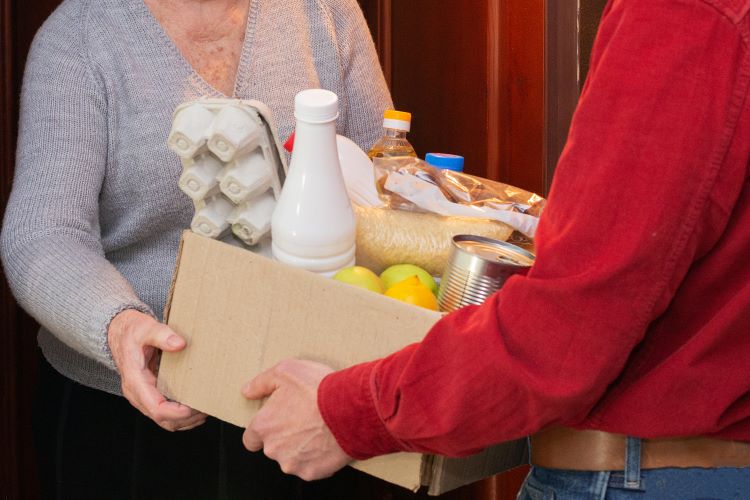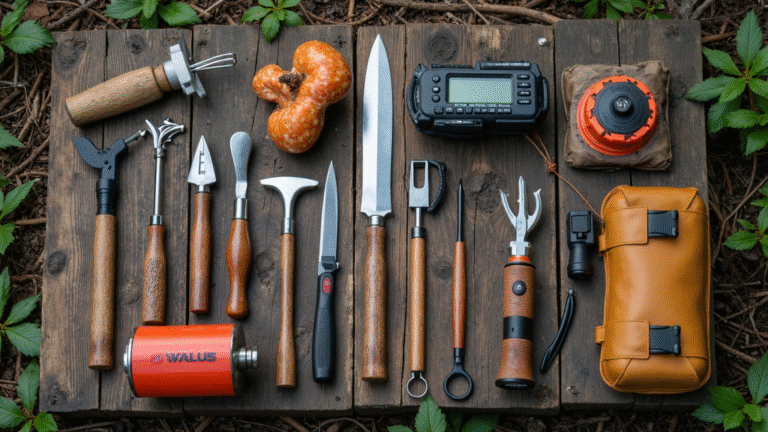What Are Senior Prepping Difficulties?
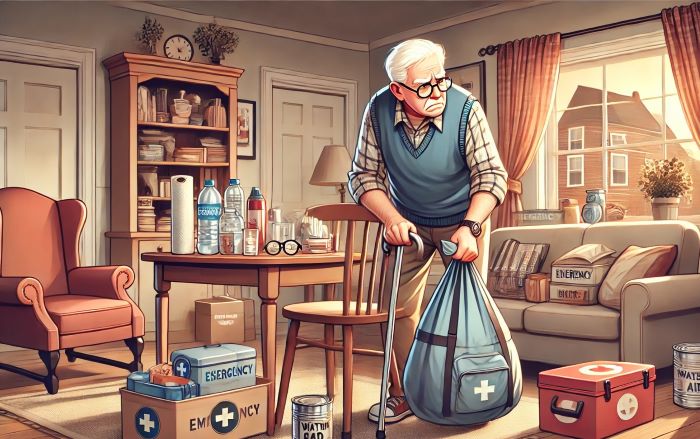
Introduction to Senior Prepping Challenges
Regarding emergency preparedness and senior prepping difficulties, I believe that our older population needs extra consideration. Seniors have special needs when preparing for unanticipated occurrences and disasters. These issues need to be handled correctly and acknowledged. This guarantees our esteemed senior citizens will remain safe and dignified during emergencies.
This conversation is based on a simple but essential realization: elders frequently have challenges that significantly affect their capacity to act appropriately in an emergency. This can include everything from physical restrictions to the requirement for specific medication, which lessens the applicability of conventional emergency preparation guidance.
Related: What Are The Best Survival Strategies For Seniors?
In this regard, I aim to understand better the common preparation obstacles senior citizens face and offer advice on overcoming them. It’s about building a sturdy structure that meets the unique needs of elderly people in emergencies, making sure they’re just as ready as their younger peers.
In the following section, I’ll look into the tangible impact of physical limitations on disaster readiness. We’ll explore actionable solutions tailored for coping with mobility issues, sensory impairments, and other health-related concerns that are more prevalent in later years.
Physical Limitations and Emergency Preparedness
Physical challenges can significantly affect a senior’s ability to respond swiftly in an emergency. Mobility issues are at the top of this list. Whether it’s due to:
- arthritis,
- balance problems,
- or other health conditions.
Limited mobility can impact the speed and efficiency with which an older adult can evacuate or get to safety.
It’s critical to anticipate these constraints when prepping.
- Pathways must be kept clear and accessible at all times for seniors who use mobility aids like
- walkers
- or wheelchairs.
- Emergency supplies should also be stored in a manner that’s easy to reach without straining or overexertion.
Beyond mobility, hearing and visual impairments pose their challenges in crises. Emergency alerts and warnings must be accessible in multiple formats, such as:
- visual alarms for hearing difficulties
- and auditory signals for those with vision impairments.
Related: Must-Have Tech Gadgets For Senior Survival Prepping
One practical solution is to have communication devices that cater to these specific needs.
- Phones with larger buttons and screens can help seniors with visual challenges,
- while hearing-aid-compatible alert systems can be life-savers for those with hearing issues.

Adjusting emergency plans for seniors must also involve factoring in health concerns. This means considering the need for:
- regular medication,
- accessible medical devices,
- and support services to maintain health stability amid disaster.
Going forward, I’ll explore cognitive challenges that further complicate disaster preparedness for seniors. Memory loss can create significant barriers in crisis response, and developing easy-to-follow emergency procedures becomes valuable and necessary.
Cognitive Challenges in Prepping for Emergencies
For many seniors, maintaining a state of readiness for potential emergencies isn’t just a matter of having the right supplies; it’s also about ensuring that emergency procedures are compatible with cognitive abilities that may have changed over time. This means:
- planning for situations where memory loss,
- confusion,
- or dementia might play a role in a person’s response to a high-stress situation.
Streamlining emergency protocols is key to supporting seniors with cognitive challenges. Simple steps that are easy to recall go a long way toward making a practical and actionable plan.
I advise a solid emergency plan that:
- breaks down into a few straightforward actions,
- uses visual aids or color-coded instructions,
- and rehearses these procedures regularly to reinforce the routine.
Caregivers play an indispensable part here. They can help by:
- consistently reviewing and practicing the steps of the emergency plan,
- ensuring that the communication style is clear and calm,
- and, if necessary, physically guiding their loved ones through every stage of an emergency response.
Furthermore, they can make strategic decisions such as establishing meeting points or designating contacts that are familiar and easily remembered by the senior.
Read this: Thriving with the Elderly – Tapping into Age-old Insights for Crisis Readiness
This emphasis on cognitive considerations doesn’t detract from an emergency plan’s thoroughness. Instead, it adds an essential layer of practicality—recognizing that the effectiveness of any plan hinges on the ability to execute it under pressure. As we transition into the next section, we must realize that:
- Cognitive strategies are only part of the solution.
- Financial
- and logistical barriers also present significant hurdles.
These issues must be addressed to ensure a comprehensive and inclusive approach to senior prepping.
4000mAh Rechargeable Portable AM FM Radio, Supports SD Card and USB MP3 Player, Powered by 4D Battery for Emergency. NOAA, AM/FM/SW/WB
- 【NOAA Weather Alert Radio】Stay informed and prepared for any weather conditions with the NOAA weather radio. The highly sensitive reception can receive early warning signals from the meteorological department. With 7 NOAA stations receiving emergency alerts, you can receive the latest weather information in your area and be alerted before hurricanes, rainstorms, and tornadoes strike. Be Prepared!
- 【 4000mAh Rechargeable Battery & 4D Cell Batteries】Built-in 4000mAh high-capacity rechargeable battery, this portable rechargeable radio ensures extended usage time. Use the type-c cable to charge this rechargable radio 5 hours, you can enjoy 18 hours working time. Experience the freedom and flexibility of 4D battery when you're outdoor.
- 【 AM/FM/SW Digital Radio with Noaa】Listen to a wide range of frequencies with this digital radio: AM520-1710kHz, FM87.5-108MHz, SW4.75-21.85MHz, and WB162.400-162.550MHz. Listen to news, weather forecasts, music, sports, and NPR. Adopting the latest DSP chip and a 23.6-inch antenna, our digital AM/FM radio can easily pick up and receive stable frequencies without noise. It effortlessly tunes into a wide range of frequencies, ensuring stable and clear reception.
- 【MP3 Music Player with Two-Tone Mode】In addition to listening to radio programs, this portable shortwave radio also supports micro SD card and USB playback and can be used as an MP3 player. You can enjoy your favorite songs and audio wherever you go. This portable shortwave radio is designed with high and low two-tone modes to match your mood.
- 【One Click Input & 40 Preset Stations】It adopts a simple and clear button layout, so there is no need for complicated operation. This shortwave radio also supports digital input frequency. You just need to click the frequency number to quickly switch to the station you want. The portable shortwave radio can save up to 40 preset stations, and it is equipped with a clear and backlit LCD display screen, so you can easily adjust the frequency even at night.
- 【10-90 Sleep Timer & Advanced After-sales】Our portable AM/FM radio has a 10- 90-minute sleep timer, which allows you to set a specific time duration for it to automatically turn off, ensuring a peaceful night's rest and saving battery life. This portable AM/FM radio also has a lock key function to prevent you from accidentally touching other buttons while listening to the radio. We offer a 12-month warranty on our AM/FM radios and provide you with 24/7 world-class customer service.
Financial and Logistical Obstacles to Effective Prepping
Seniors often face financial barriers that can make preparing for emergencies challenging.
- Limited income
- and the high costs of some emergency supplies can deter older adults from investing in necessary prepping measures.
It’s not always about the most expensive equipment; it’s about the right equipment that meets one’s specific needs within a budget.
One approach to managing these financial concerns is prioritizing purchases based on the most urgent needs. It’s also wise to:
- explore discounts,
- group purchases,
- and government-subsidized programs that can alleviate some of the financial strain.
Sometimes, low-cost or free resources may be available through community organizations or local emergency management offices.
Beyond finances, logistical obstacles such as limited access to transportation can make it difficult for seniors to obtain supplies or evacuate in a crisis.
- Establishing a support network with friends, family, and neighbors can be invaluable.
- Sharing plans and resources within this network ensures that transportation and assistance are readily available if a disaster strikes.
Access to information is another significant hurdle.
- Staying informed about potential emergencies and available resources is a proactive step that should not be underestimated.
- Encourage local alert systems and ensure that essential information is accessible and understandable to older adults.
Sometimes, the solution isn’t just having a plan but also communicating the plan in an easy-to-understand and accessible manner.
The next section will explore actionable steps and resources to make senior prepping possible and practical. It’s about turning challenges into checklists and barriers into plans of action. KEEP SCROLLING to discover checklists, guides, and support systems designed to empower seniors in their emergency preparedness endeavors.
Practical Tips and Resources for Senior Prepping
If you’re a senior citizen or assisting one in preparing for potential emergencies, some actionable steps and resources can make the process smoother and more effective. It’s crucial to have a plan that caters specifically to the needs of older adults.
Start by creating an emergency preparedness checklist tailored for seniors. This should include items like:
- Basic supplies:
- A manual can opener,
- flashlight,
- battery-powered or hand-cranked radio,
- batteries,
- waterproof matches,
- knife,
- resealable plastic bags,
- tin foil,
- disposable cups,
- plates, utensils,
- basic cooking utensils,
- emergency whistle,
- and cell phones with chargers, battery banks, or solar chargers.
- Non-perishable food, including some liquid meals and bottled water
- Supplies for hygiene and sanitation
- Medications
- Sleeping bags and warm blankets
- Communication devices
- A change of clothes and shoes
- Hearing aids and eyeglasses
- First aid kit
- For people with dementia, a favorite item like a book, picture, or purse
Reach out to local government and community organizations for assistance. They often have programs designed to help seniors prepare for disasters, such as emergency response training or check-in services.
Technology, too, can offer solutions. From
- medical alert systems
- to emergency apps.
These available tools can provide peace of mind and practical assistance during an emergency.
Finally, it’s essential to maintain a network of support. Family members, friends, caregivers, and neighbors can play vital roles in seniors’ safety and preparedness during unexpected situations.
By following these tips and leveraging the resources available, seniors can achieve a level of preparedness that helps ensure their safety and reduces the stress of facing emergency scenarios.
Have you encountered any obstacles in prepping a senior for survival? Are you a senior who is involved in survival prepping? Do you have issues that need to be discussed for senior prepping difficulties? Please leave your comments to assist others with their issues and planning.



